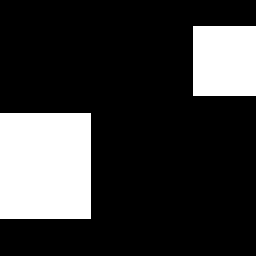Real time circle detection by simplified Hough transform on smartphones
- verfasst von
- Viktor J. Schneider
- Abstract
Real time circle detection requires a considerable amount of computing power, especially with growing image size. This paper presents a modified version of the Hough transform with a dedicated and streamlined pre- processing stage to detect circles in video images in real-time using mid-range performance smartphones. Hough transform for detection of co-circular line pixels requires a 3-dimensional data space instead of 2 dimensions for detection of co-linear pixels. This dimensional complexity and the fact that Hough transform in general requires computational expensive pre-processing, make optimizations for hand-held or embedded systems inevitable. Multiple modifications for tuning the algorithms by trading mathematical accuracy against processing speed are shown in this paper, which improve the overall computational performance, significantly. Some of these optimizations allow e.g. to replace the edge detection process completely by a simple but smart thresholding and pixel-wise neighbourhood inspection, using pre-calculated lookup tables instead of complex calculations and restricting the Hough space in size and precision. These modifications where implemented and tested on both desktop and mobile devices for comparison but without any support by the GPU. Benchmarks showed that more than 60 FPS on desktops and more than 20 FPS on mobile devices are achievable for processing full HD resolution images, which allows implementations meeting the real time constraints and deadlines specified by a concrete application of an ambulant water quality analysis scenario.
- Organisationseinheit(en)
-
Fachgebiet Architekturen und Systeme
- Typ
- Aufsatz in Konferenzband
- Band
- 11736
- Anzahl der Seiten
- 14
- Publikationsdatum
- 12.04.2021
- Publikationsstatus
- Veröffentlicht
- ASJC Scopus Sachgebiete
- Elektronische, optische und magnetische Materialien, Physik der kondensierten Materie, Angewandte Mathematik, Elektrotechnik und Elektronik, Angewandte Informatik
- Elektronische Version(en)
-
https://doi.org/10.1117/12.2588773 (Zugang:
Geschlossen)


